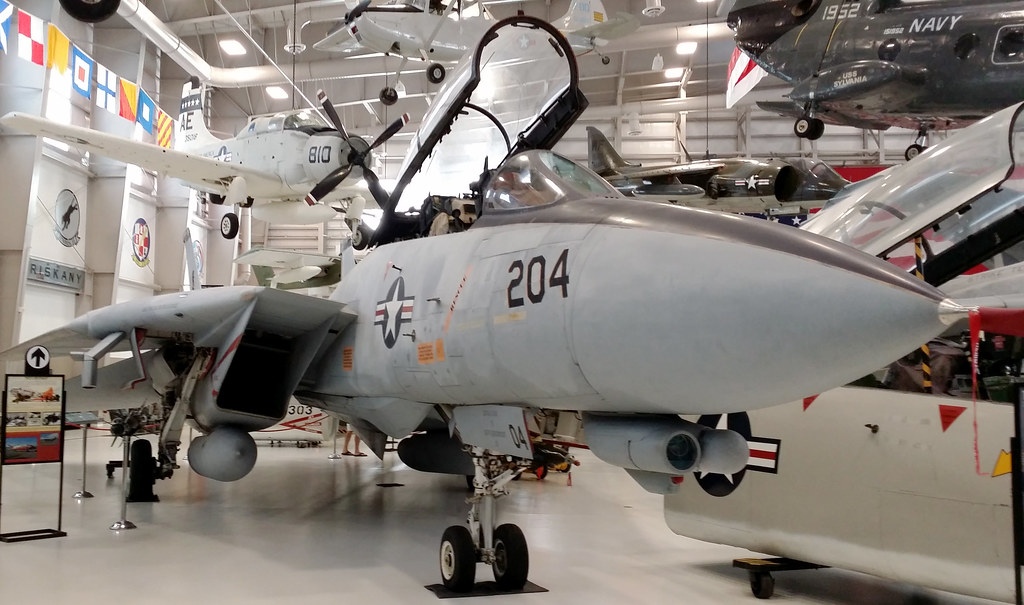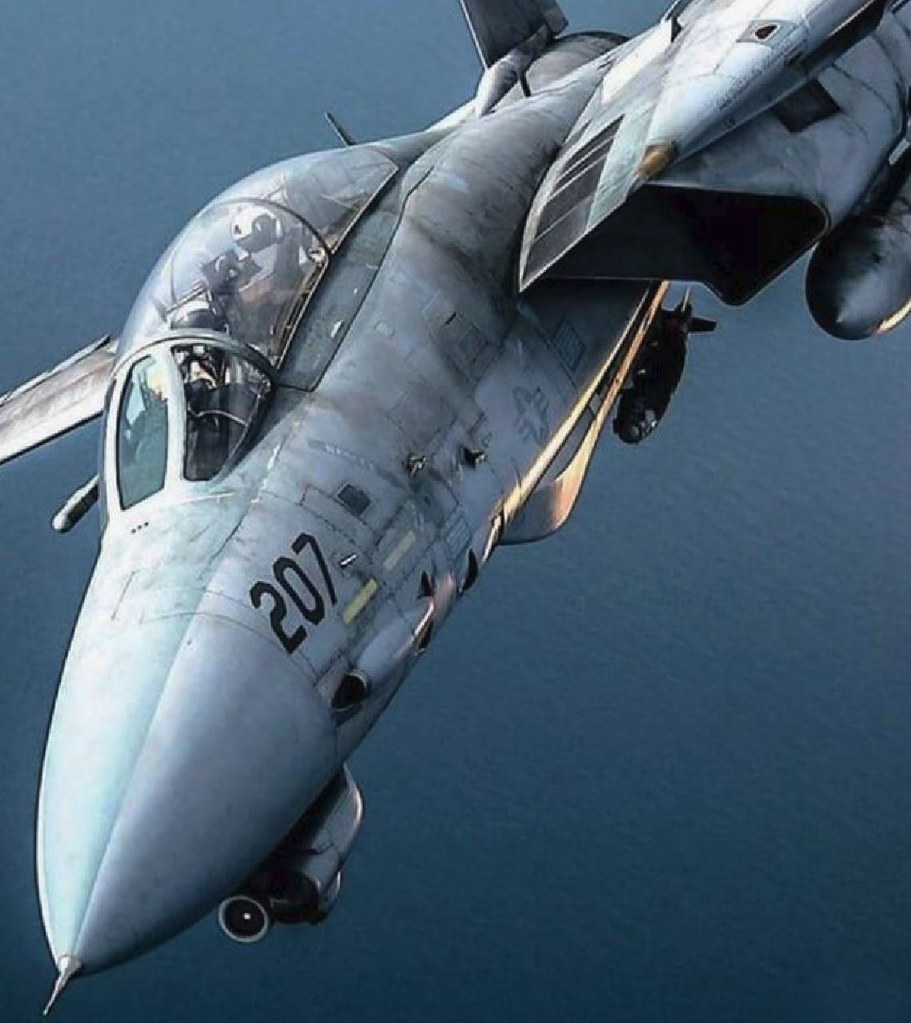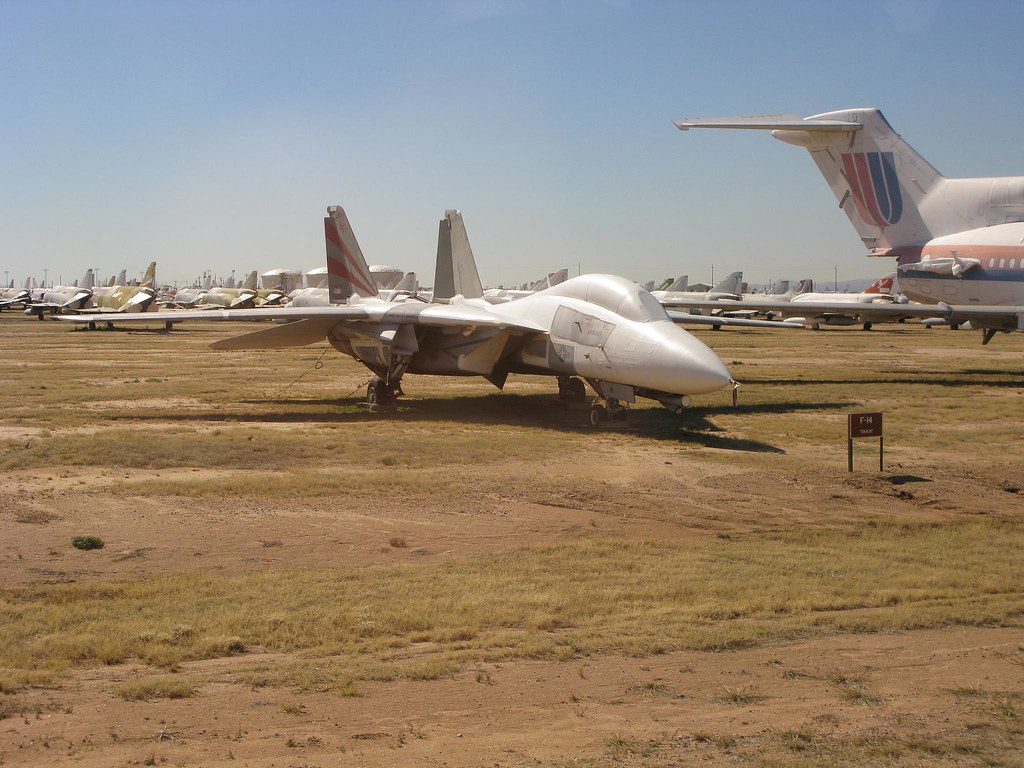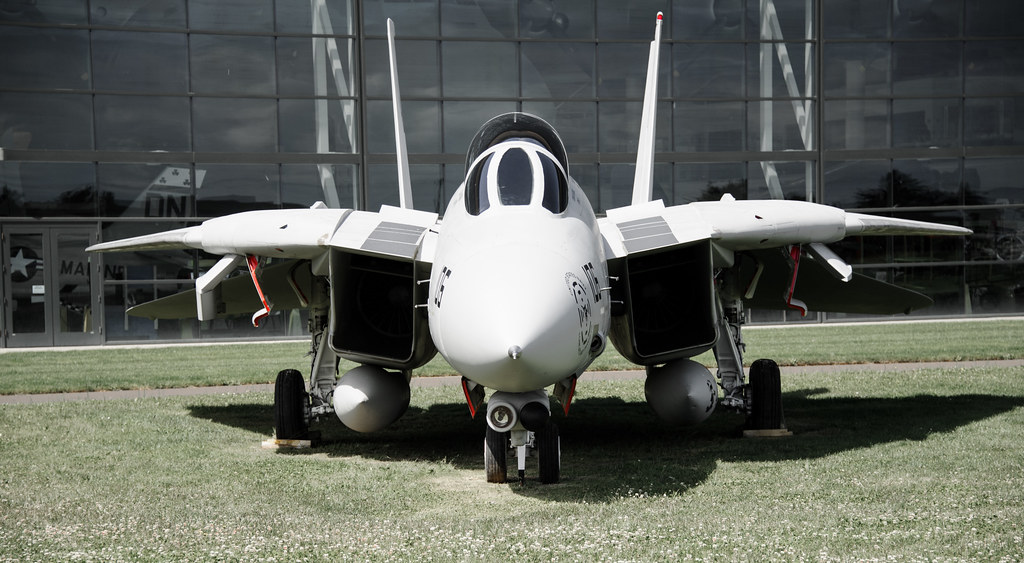
Despite Western sanctions and an increasingly technologically advanced battlefield, Iran has remarkably maintained and upgraded its fleet of F-14 Tomcats. Initially procured before the 1979 Islamic Revolution to counter the Soviet threat, these fighters still grace the Iranian skies, albeit with dwindling next-generation capabilities.

The story of Iran’s F-14s reads like a script from a Cold War-era spy novel. When the Shah of Iran ordered 79 Tomcats in the mid-1970s, he likely did not envision the aircraft outliving his reign and becoming a symbol of Iranian defiance. However, the Islamic Republic chose to keep the fleet after the revolution, and many pilots stayed to continue flying these aircraft. Throughout the Iran-Iraq War in the 1980s, the F-14s, utilizing their advanced radar and Phoenix missiles, instilled fear in enemy pilots, frequently prompting them to retreat instead of confronting.

Over time, Iran has managed to keep these old interceptors flying by using a mix of stored parts, reverse engineering, and acquiring components through black markets. The US Navy, once a prime operator of the F-14, retired the aircraft in 2006, scrapping the mothballed fleet by 2009 to prevent parts from leaking to Iran. Undeterred, Iran has produced its own spare parts and initiated upgrades under project BABAIEE, aiming to restore over half of its Tomcat fleet to operational status.

Perhaps the most remarkable of these adaptations has been the refitting of surface-to-air missiles as air-to-air variants, and later, the development of an indigenous version of the Phoenix, the Fakour-90. Despite these efforts, however, these missiles and the radars of the F-14s—allegedly upgraded with Iranian components—may not match the capabilities of the latest technology employed by potential adversaries.

These stories of cleverness and boldness occasionally come to light, with pictures appearing on social media showing stripped-down Tomcats receiving extensive enhancements and renovations. However, these insights provoke as much curiosity as they provide clarity on the practicality of upkeeping such aircraft amidst harsh sanctions.

Iran’s ability to sustain its F-14 fleet serves as a testament to its resourcefulness and determination to maintain a semblance of air superiority, however dated the machinery. However, as modern warfare progresses, Iran’s F-14s, equipped with outdated systems and domestic adjustments, could be surpassed by newer, network-focused fighter jets and weapon systems. This raises doubts about their actual effectiveness, especially when facing foes such as the US, which have sophisticated radars and air-to-air missiles tailored for contemporary network-centric warfare.
related images you might be interested.










